
A Beginner’s Guide to Kubernetes (PodCTL Podcast #38)
Listen to a podcast that discusses some of the basics, lessons learned, and other things you can use to “fast-track” what you need to be successful with Kubernetes.

Listen to a podcast that discusses some of the basics, lessons learned, and other things you can use to “fast-track” what you need to be successful with Kubernetes.

Istio Pool Ejection allows you to temporarily block under- or non-performing pods from your system.
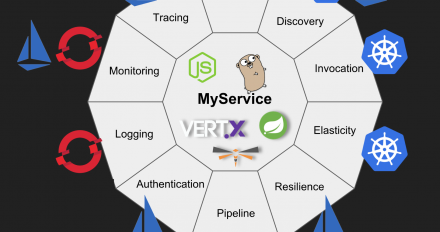
Kubernetes and related technologies, such as Red Hat OpenShift and Istio, provide the non-functional requirements that used to be part of an application server and the additional capabilities described in this article. Does that mean application servers are dead?
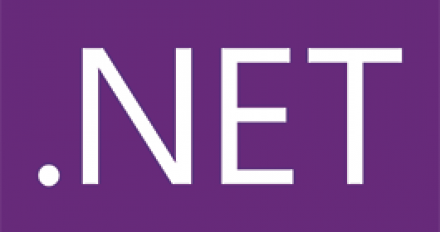

This video demonstrates how Istio Route Rules work with kubernetes (and OpenShift) to route traffic between microservices without any code changes.
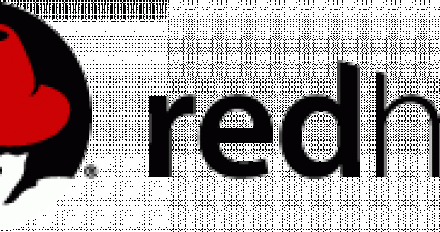
Monitoring the Red Hat AMQ 7 broker enables you to get metrics about the performance and behavior of the broker and its resources. This post describes how to set up Red Hat AMQ 7 for monitoring the broker using the popular jmxtrans agent for Java-based applications.
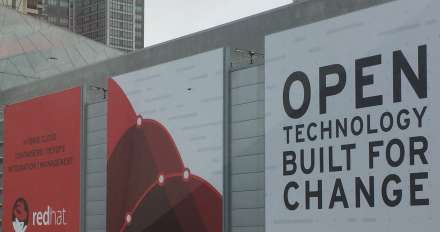
While it's easy to get started with containers, best practices (as usual) require more forethought and planning. In this post, Scott McCarty and Ben Breard share their experience and wisdom to smooth your move into the world of containers.
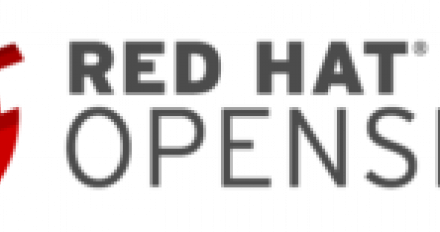
Learn how to create an Ansible Playbook Bundle (APB) and customize it to configure an external remote host (through SSH), explore what goes on "under the hood," and get tips for troubleshooting APBs.

Using Meta Test Family, writing tests for containers is really easy. Container testing helps you guarantee that a container is working properly just as an RPM package would.
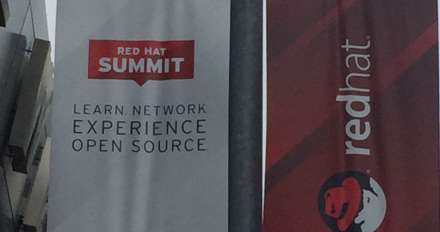
Senior Director Stephanos Bacon discussed the changing developer landscape and the factors that influence it. As cloud computing becomes ubiquitous and serverless continues to grow, more changes are in store.
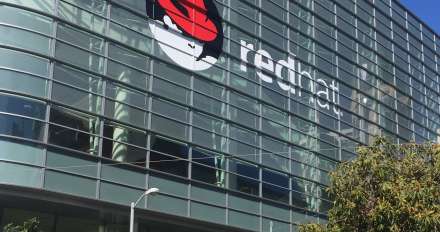
You're in an IT department. How does the rest of the organization see you? As a valuable asset whose code and APIs make a difference in the marketplace, or as a necessary evil that should be trimmed wherever possible? Containers, microservices, and serverless computing can get you where you need to go.

About a year ago Red Hat announced its participation as a launch partner of the Istio project. We are now introducing the istiooc command-line tool and a set of pre-built Istio and Jaeger example scenarios that would make it even easier to get started with these technologies.
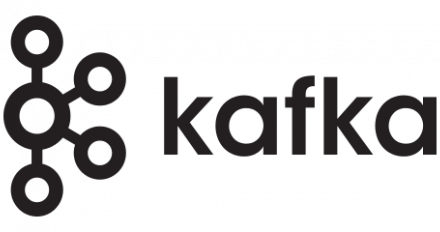
We are excited to announce a Developer Preview of AMQ Streams, a new addition to Red Hat AMQ, focused on running Apache Kafka on OpenShift. AMQ Streams simplifies the deployment, configuration, management and use of Apache Kafka on OpenShift using automation based on Kubernetes Operators.
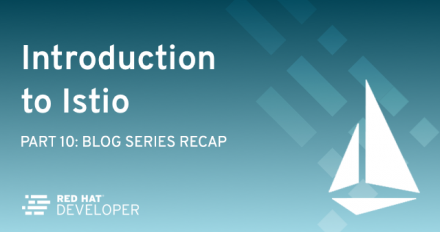
The past nine weeks of blog posts have introduced, explained, and demonstrated some of the many features of the Istio service mesh when combined it is with Red Hat OpenShift and Kubernetes. This, the final post in this series, is a recap.
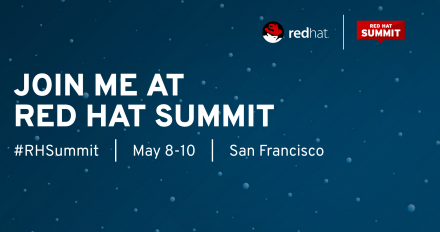
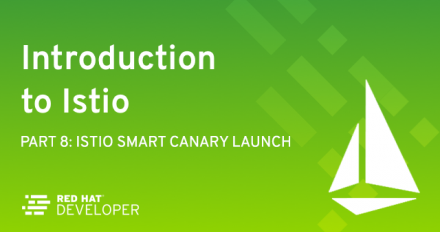
This is part eight of a ten-week series and covers using the Canary Deployment pattern to ease code into production. Istio makes this easy while giving you several good options for intelligent routing. And you can do it all without changing your source code.
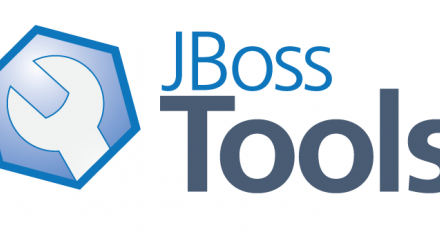

Join this session to watch a demonstration of how quickly you can set up non-trivial, enterprise-grade Node.js applications on Red Hat OpenShift Container Platform.
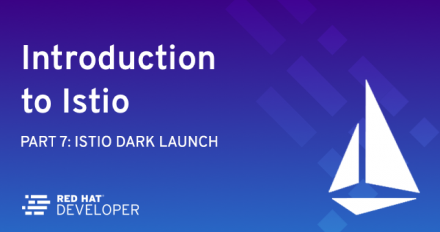
Discover how using Istio with OpenShift and Kubernetes eases microservices production and deployment. (Part 7 of 10 in a series)
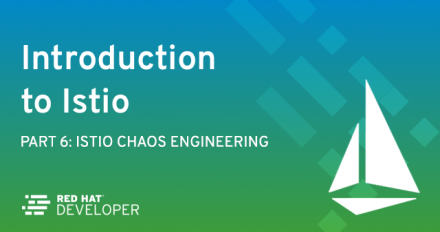
Testing software is challenging and very important. Testing for correctness is one thing, but testing for failures in network reliability is quite another task. This article will demonstrate how Istio makes this oh so easy.

distributed architectures introduce more complexity, services meshes can help soften the landing and shift some of that complexity out of our applications and place it where it belongs, in the application operational layer: Bringing Coolstore Microservices to the Service Mesh: Part 1 - Exploring auto-injection
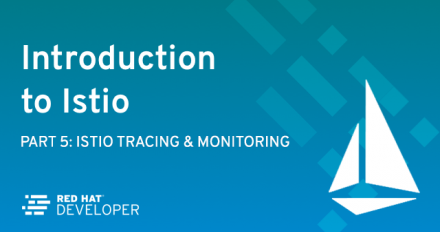
Istio brings tracing and monitoring to your system with very little effort, helping you keep things humming. This article covers Istio Tracing & Monitoring: Where are you are and how fast are you going?
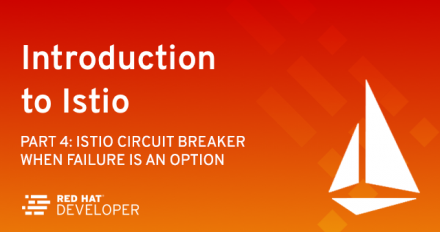
The phrase "Failure is not an option" is tossed about with much bravado, with Istio Circuit Breaker. But the fact remains, things eventually fail. Everything. How, then, do you handle the inevitable failure of your microservices? This article will show you how.

A guide to creating a Node.js project on Red Hat OpenShift running inside the Red Hat CDK/minishift VM using the OpenShift web console.
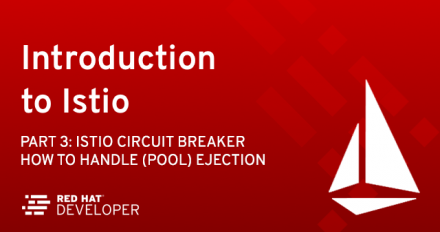
This is week three of a ten-week series about Istio, kubernetes and OpenShift. The series started with an introduction to Istio, and this week covers Istio Circuit Breaker: How To Handle (Pool) Ejection.